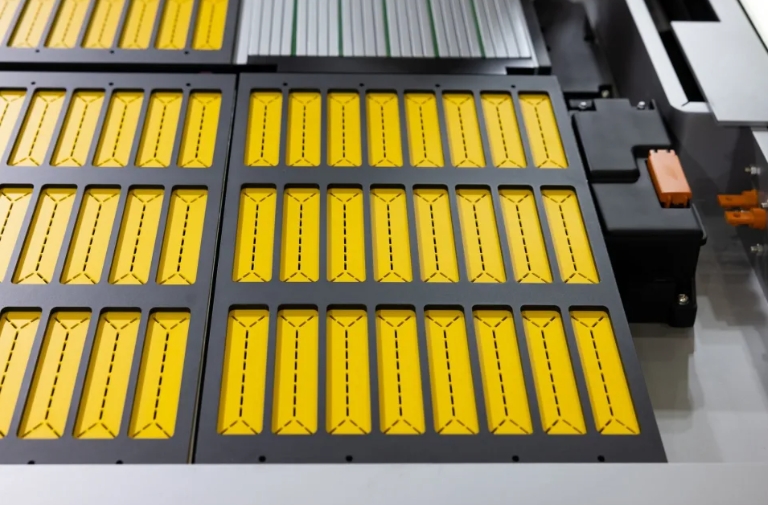
The pursuit of onshoring the U.S. solar manufacturing supply chain has come with the challenge of imbalanced capacities of domestically made modules, cells, wafers and ingots. But according to the U.S. Solar Market Insight Q4 2024 report by the Solar Energy Industries Association (SEIA) and Wood Mackenzie, the tide may be turning.
Domestic module manufacturing capacity increased by over 9 GW in Q3 to nearly 40 GW with five new or expanded factories in Alabama, Florida, Ohio and Texas. The capacity has nearly quintupled since the end of Q2 2022 when it stood at 7 GW just before passage of domestic manufacturing and procurement tax credits in the Inflation Reduction Act.
At full capacity that the U.S. can now produce enough solar modules to meet nearly all U.S. demand, said the report. Demand is expected to be 40.5 GWdc in 2024, followed by average annual volumes of at least 43 GWdc from 2025-2029, according to the report.
Cell manufacturing, however, has been slower to take hold due to the complex and costly process. According to the report, the first U.S. cell manufacturing facility opened in Q3, the first since 2019.
“Federal solar policies and increased private investments are strengthening our nation’s energy security and creating thousands of new job opportunities for American workers,” said SEIA president and CEO Abigail Ross Hopper. “The United States is stepping up to take market share from foreign competitors and making sure that the jobs and economic growth from solar are benefiting American communities.”
While the gap between domestically produced modules and cells will close a bit in the near term, eyes are on anti-dumping and countervailing duties (AD/CVD) on imported cells and modules made in Cambodia, Malaysia, Thailand, and Vietnam (CMTV). The report notes that preliminary CVD rates align with industry expectations as supply chains diversify and that, “overall, the supply of key solar components continues to grow with options for buyers outside the impacted countries, including in the U.S.”




